"Tri-linear M(b)itmap Interpolation!"- A Write-up on Nintendo 64 Textures
- readypercival
- Feb 17, 2023
- 3 min read
The year was 1994. Namco's Ridge Racer released in '93 after multiple location test prototypes in '92 at their Wonder Eggs amusement park in Japan, making it the first released game with full texture mapping. The 3DO Company launched their titular 3DO at a whopping $600 in 1993 and it immediately flopped, though it was the first console with dedicated 3D hardware. Sega's answer to Ridge Racer was the first instance of texture filtering in a released game with Daytona USA in '94, and consoles were next in line.
Sega and Sony ended up striking the 3D console market in late '94, but Nintendo was late to the party by two years and the fall-out with Sony over the ill-fated Super Disc/SNES-CD in '91 didn't help matters. The time eventually came to replace the Super Nintendo when Sega and Sony announced these new 3D systems, and Star Fox 2 was infamously canceled (alongside further SNES Super FX development). Nintendo then partnered with SGI (Silicon Graphics Incorporated) to build new hardware. It was originally slated for 1995, but got pushed back a year to '96.
Nintendo and SGI were very proud of the hardware, hence this image (assumedly from a magazine around this time. I'd really like to find a scan of this!). It's been a bit of a meme lately:

The marketing phrase was "Tri-linear mipmap interpolation". Mipmapping is where progressively lower-resolution versions of a texture are used for when the texture is viewed at increasingly oblique angles and further distances. This reduces the severe (typically PS2-like) aliasing you'd get on oblique/far textured surfaces if you just used the full-resolution texture all the time.

When you use mipmapping with no anisotropic filtering, you get smudgy, soupy textures at those angles instead. I honestly prefer the severely-aliased look over this... I grew up with an original Xbox hating this kind of appearance long before I knew how to describe it.
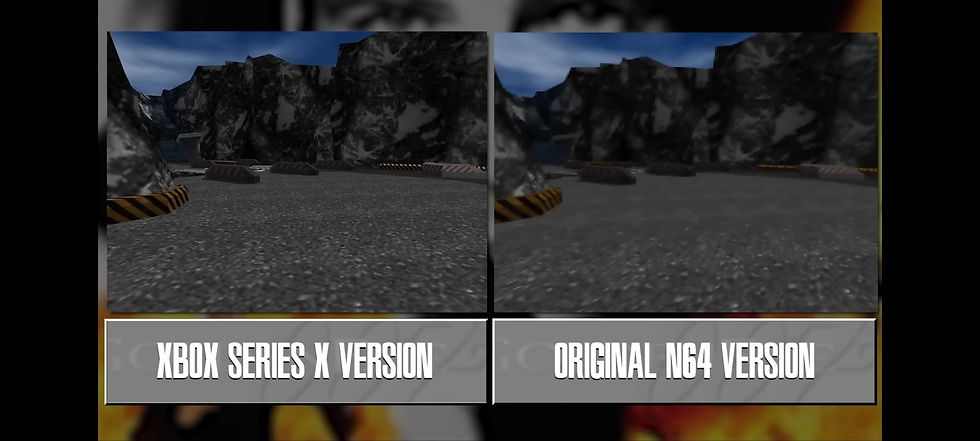
The Dreamcast is one of the biggest scapegoats for this smudged look. When viewing textures in its games at oblique angles or far distances, they blur into unintelligible messes and it's pretty bad looking. The lack of fading between the mipmap levels in most of its games makes this shortcoming look even worse- more on that in a little bit.
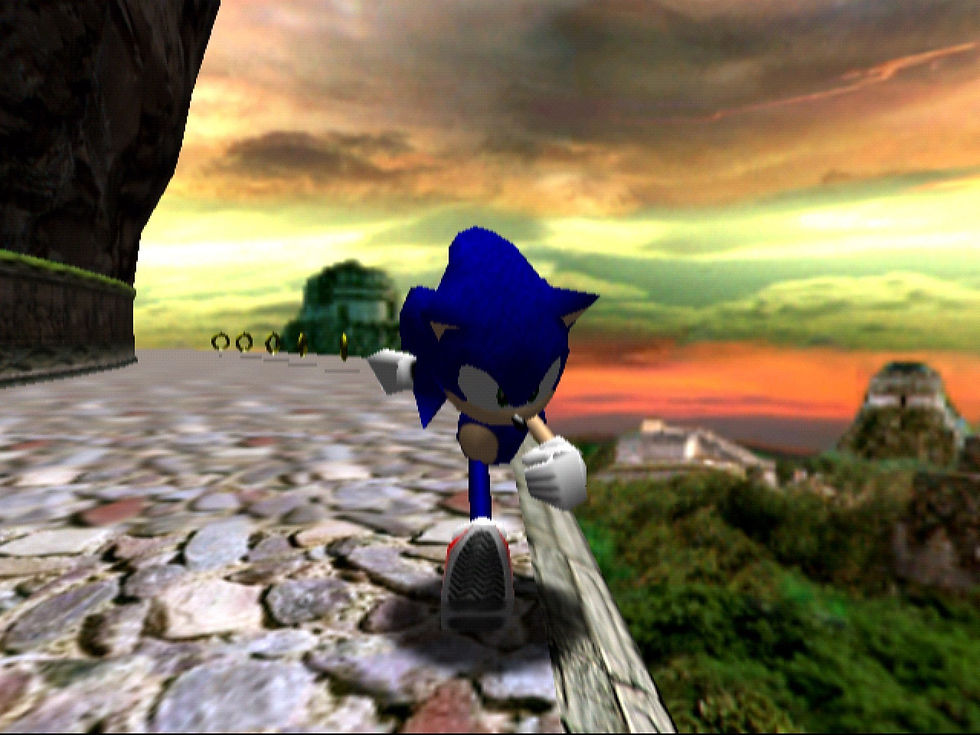
The N64 uses a cheapened version of bilinear texture filtering nicknamed "3-point" by emulator developers. This type of filtering smudges all textures diagonally from the top left, and most N64 emulators (plus all of Nintendo's own!) use bilinear texture filtering instead of simulating 3-point in a shader. Nintendo and SGI seem to refer to this as "tri-linear" (Trilinear is a different form of texture filtering that doesn't work this way.)

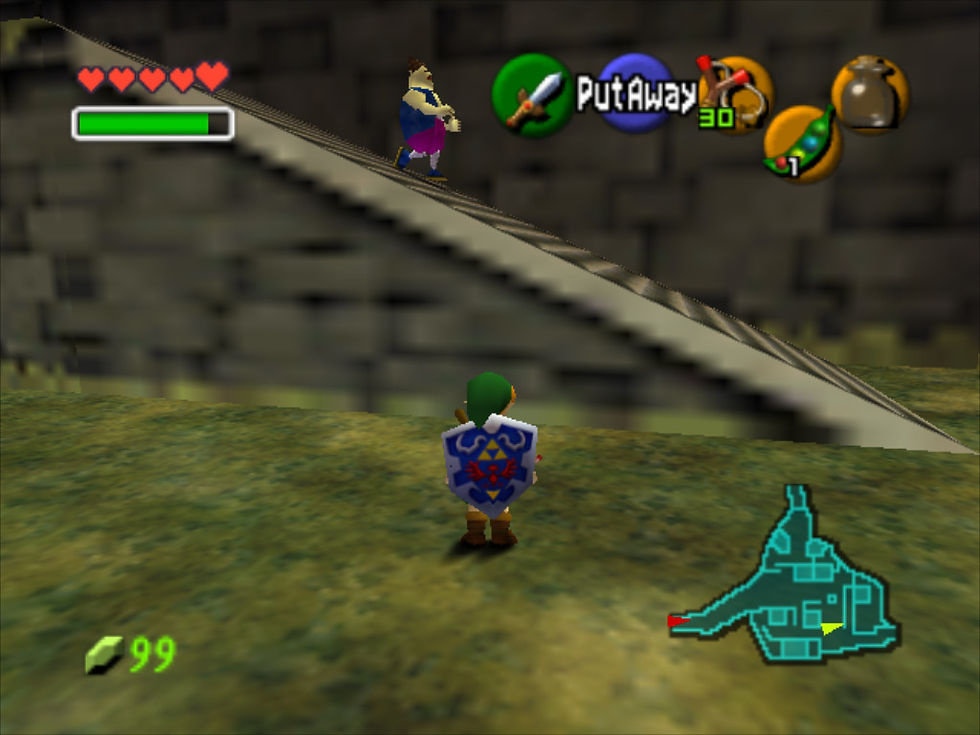
Actual trilinear filtering is just bilinear, but with interpolation (fading) between the mipmap levels so the transition's smoother and you don't get sudden, obvious cuts between the mipmap levels. Here's a comparison between bilinear and trilinear texture filtering in the Garry's Mod map gm_construct. Bilinear has a noticeable cutoff between the mipmap quality levels. Trilinear has interpolation (fading) between the mipmap levels, making the transition smoother.

The N64 does actually support this type of interpolation!... Though for performance reasons, it's hardly ever used and many N64 games just don't use mipmapping. Here's a 2560x1920 screenshot of Goldeneye running in HD to show this in action. Not even the majority of Dreamcast games had mipmap interpolation of any kind.
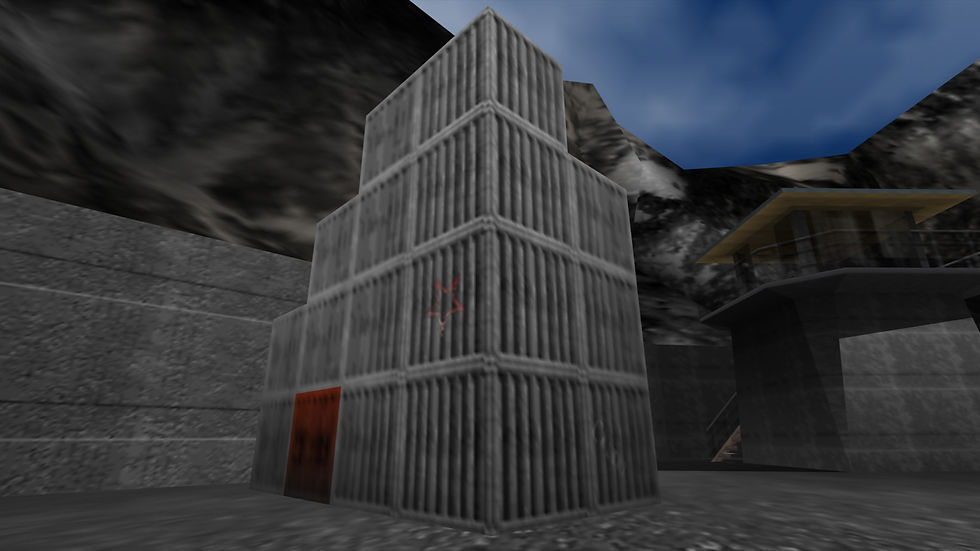
When it was finalized in 1995, the N64's architecture was very forward-looking. SGI brought ideas like texture filtering, mipmapping and even edge-based anti-aliasing to the forefront of gaming in the home, and all these graphical concepts are still extremely relevant. Even in today's AAA games targeting the PS5, Series X and RTX GPUs on PC, you'll easily spot modern extensions of all these ideas. It's more like trilinear-style mipmap interpolation, but I guess that crazy marketing phrase held some weight after all!
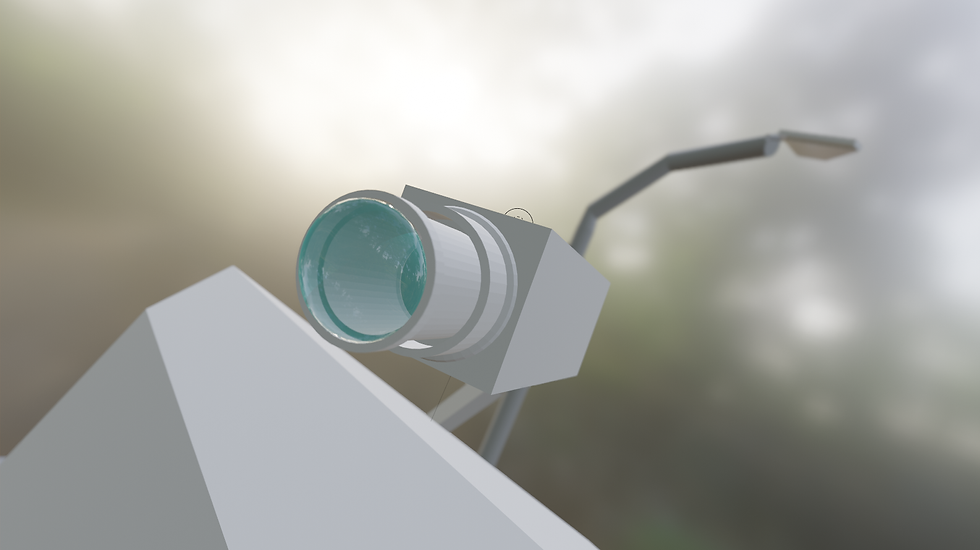


Comments